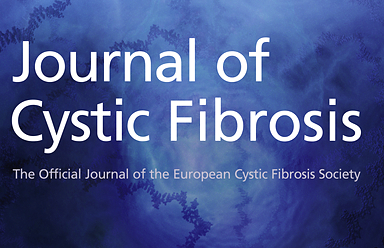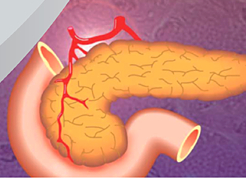On June 7th, the Department of Pediatrics held its Research Day. We are proud of the multiple training physicians who presented their research being conducted under the mentorship of Pediatric Endocrine faculty. Specific presenters and their endocrine mentors included:
- Dr. Caitlin Lindaman, Pediatric Resident: “Contributing Factors to Follow-Up Rates at the University of Iowa Pedatric Cardio-Metabolic Clinic.” Mentored by Dr. Vanessa Curtis.
- Dr. Graciela Parra Villasmil, Pediatric Resident: “Thyroid Eye Disease in Children and Adolescents with Graves Disease.” Mentored by Dr. Liuska Pesce.
- Dr. Benjamin Palmer and Dr. Karissa Soltys, Pediatric Residents: “Caregiver-initiated retrospective glucose data review is associated with improved glycemic control in youth with type 1 diabetes.” Mentored by Dr. Catherina Pinnaro.
- Dr. Sriya Subramani, Pediatric Resident: “A rare etiology of hypoglycemia in an adolescent male. Mentored by Drs. Catherina Pinnaro, Michael Tansey, and Andrew Norris.
- Dr. Ada Reyes, Dental Fellow: “Childhood obesity and Metabolic Syndrome are associated with oral microbial dysbiosis.” Mentored by Drs. Vanessa Curtis and Lauren Kanner in collaboration with Dr. Ganesan of the College of Dentistry.











